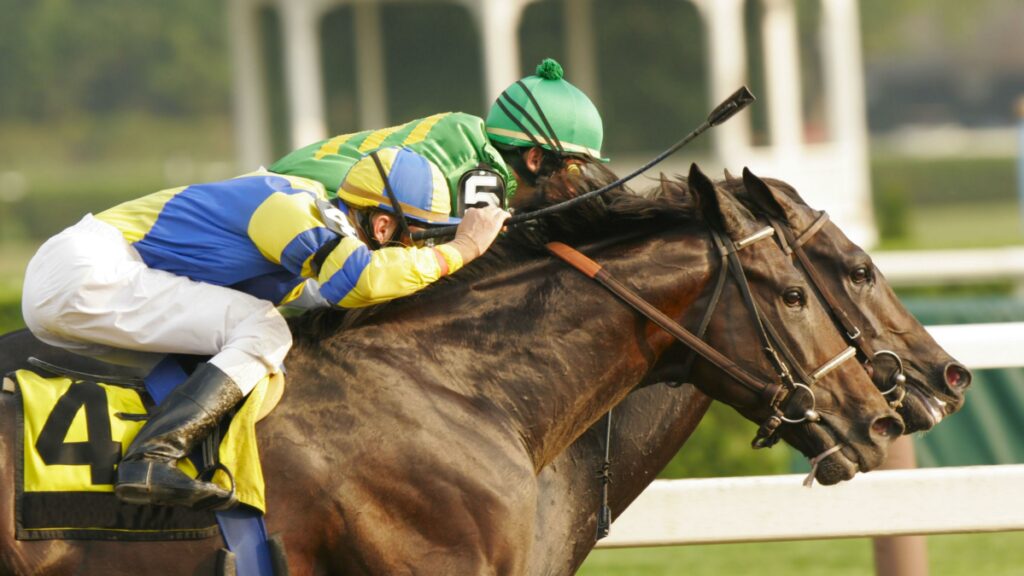Dutching is named after the infamous New York mobster, Dutch Schultz, who is said to have used it to make money at New York race tracks. Despite its association with a mobster, Dutching is a legal and viable way of profiting from sports betting.
How Dutching works
The purpose of Dutching is to reduce the risk of betting losses. It’s a form of hedge betting. Dutching doesn’t involve placing bets on every possible outcome in an event – a strategy that can be successful only if arbitrage is used. Instead Dutching involves narrowing down the number of outcomes that are most likely in a sport event and then betting on several of these.
Dutching involves two steps:
- Assessing a betting market and identifying the most likely outcomes of an event.
- Calculating the stake amounts required for each bet to ensure that any one bet will generate a profit. Depending on how many bets are being placed, this can get quite complex. However, you can use a Dutching calculator to perform this step.
Dutching example
Suppose a horse race includes horses numbered 1 to 8, and the race winner betting market appears as follows:
- Evens
- 3/1
- 8/1
- 20/1
- 20/1
- 50/1
- 80/1
- 100/1
From this market, it’s clear that barring a significant upset, the first five entries are most likely to win the race. You can enter these odds into a Dutching calculator, together with the total stake you want to place across all bets – for example, £10. The Dutching calculator indicates the stakes required for each selection to generate an overall profit with a total stake of £10, as follows:
- $5.23
- $2.61
- $1.16
- $0.50
- $0.50
The Dutching calculator determines that if any one of these selections wins the event, it will result in a minimum overall return of £10.46 – or a profit of £0.46.
Dutching strategy
Like any low-risk betting activity that improves your chances of earning a profit, Dutching trades low risk for low returns. The profit of a successful Dutching bet will be a small fraction of the overall amount you stake. This leaves you with two options if you want to make solid returns from Dutching – you need to focus on high-stakes bets or place high-frequency bets.
High-stakes bets
The easiest way to make a good return from Dutching is to place higher stakes bets. This will ensure that the overall payout is worthwhile, even if it’s a tiny fraction of the overall stake. However, remember that Dutching still involves risk. The risk isn’t as great as for a straightforward bet on one selection, but you could still lose your total stake if all selections lose.
High-frequency bets
The second option is to use Dutching frequently. Profits from dozens, or even hundreds, of successful Dutching bets will quickly add up. An example of using this tactic could be to use Dutching on every race at a racecourse on a particular day – or even for every race in the UK over a single day. Using Dutching in this way reduces the risk of losing a large stake in one go.
Try Dutching at William Hill now

















